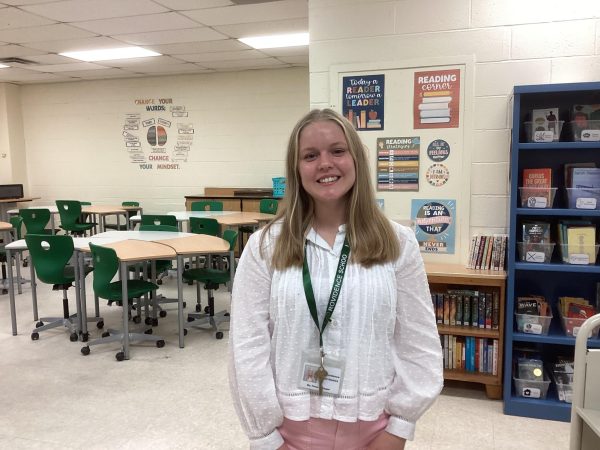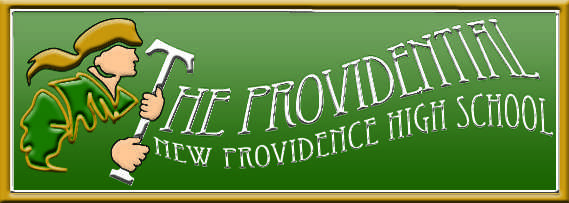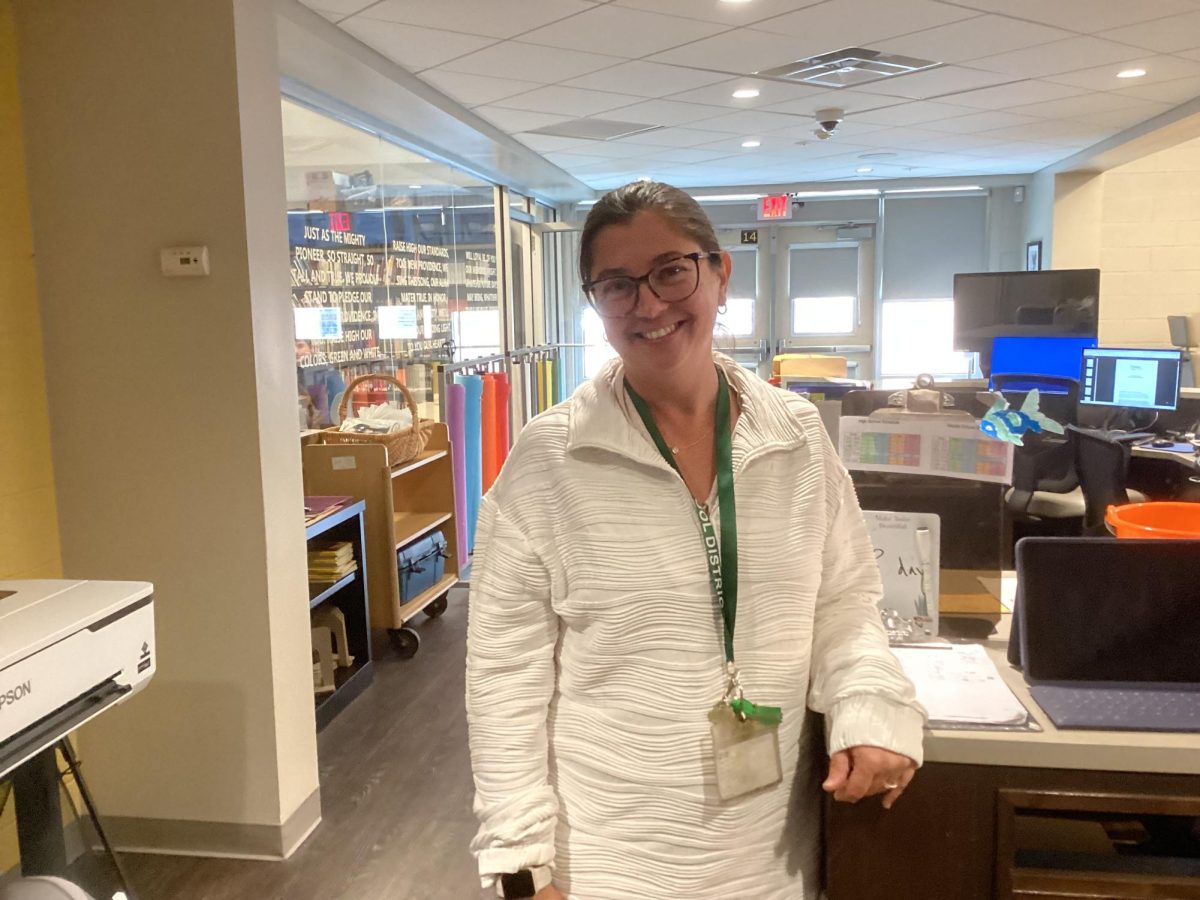After 21 years of teaching, NP Social Studies teacher Kristin Jakubowski found that a change of scenery is sometimes the best thing to do. She has taught both middle and high school and this year, she made the choice to work full time in the high school.
“With Ms. Tavtigian retiring, I had thought about going back to the high school because I started here in the high school, and then I went to the middle school when my kids were little because grading had gotten to be a lot,” she said.
Unlike some teachers who are reassigned by the administration, Jakubowski chose to return to the high school when the opportunity came about. She wanted to return to where her teaching career began and take on a new challenge. Her wide-ranging certification also gives her flexibility in teaching different grades.
“There could be a lot of different ways that teachers could get switched,” she said. “I am actually certified in K–12, so I could teach elementary school if they really needed me to.”
That versatility is serving her well. Right now, Jakubowski teaches four social studies classes, including world history and honors courses. But her work doesn’t stop in the classroom. When she’s not teaching, she’s often found in the media center, helping manage the school’s technology. Balancing both roles isn’t always easy, but to her it’s very rewarding.
“I like doing both because doing technology to me is kind of like problem solving and it gets my brain working in a different way,” she said. “So when you’re teaching you’re kind of helping, and I like the technology because I feel like I accomplish something when I fix it. I love teaching, but it’s nice to have that balance.”
While she enjoys the variety, Jakubowski does admit that the workload can be demanding. Between grading, lesson planning, and fixing tech issues, her days are full. Fortunately, she doesn’t have to handle it all alone. She works with two other media center staff members. This allows her to balance both responsibilities more effectively.
“Yes, it can get stressful doing technology and teaching,” Jakubowski said. “There are times that I have to be in my room and not the media center to be able to get all of my grading done. It definitely helps that there are two other people also running the media center that do just as much work as I do.”
Her return to the high school also came with familiar material, but not everything stayed the same.
“Thankfully, I’m not completely starting from scratch because I taught world history 10 years ago,” she said. “The new honors curriculum is a little harder because it’s changed since then and it’s kind of like starting from scratch.”
Even with new challenges, Jakubowski plans to continue teaching at the high school level classes for the long term. Her ability to adapt to change and find balance between teaching and technology has made her a valuable member of the school community.
Language Arts teacher Fiona Flanagan also swapped schools this year, moving from the high school to the middle school. Flanagan is certified to teach language arts for grades 5–12 and spent her first year at the high school teaching ninth grade before she was reassigned to the middle school to teach 7th grade. While the switch itself came as a bit of a surprise to her, she is learning how to adjust to the new environment, students, and expectations that come with middle school.
“The middle school teachers have been very supportive in helping me set up for the year, and I’ve gotten some of my sources for the lessons from them,” she said.

The switch between grade levels required more than just a change in location because it meant that she had to teach a new demographic of students. She quickly noticed the contrast between her freshmen and her seventh graders, in terms of maturity and in the way that they approach learning.
“Both grade levels were at a point of transition, which I was mindful of when I was teaching,” she said. “The freshmen in high school knew more of how to be a student, and the seventh graders are just learning since they came right from primary school.”
Understanding that difference helped her tailor her teaching style to fit her new students’ needs. Instead of just focusing on different types of writing and essay structure, she now spends more time developing students’ basic skills and building more confidence in reading and writing.
Another major change Flanagan faced was the workload. While middle school lessons tend to be shorter and more varied it also came with a little more assignments to grade than what she was used to. Even though she is grading more frequently, the work is in some ways less demanding than the essays that she had to grade for her freshman students. The shift in workload has helped her focus more on feedback and student growth.
“In middle school I’m grading a lot more things but not as intensely, and in high school I’m grading less but it’s very intense,” Flanagan said.
Even though the transition wasn’t one she planned, she has embraced her new role with optimism and determination. The energy of younger students, the supportive atmosphere among the teachers, and the chance to impact students earlier in their academic journey are what help to make the change more smooth for her and her students.
“Both experiences have helped me grow as a teacher,” she said. “Teaching different grade levels gives you a better understanding of how students develop over time—and how you can meet them where they are.”

